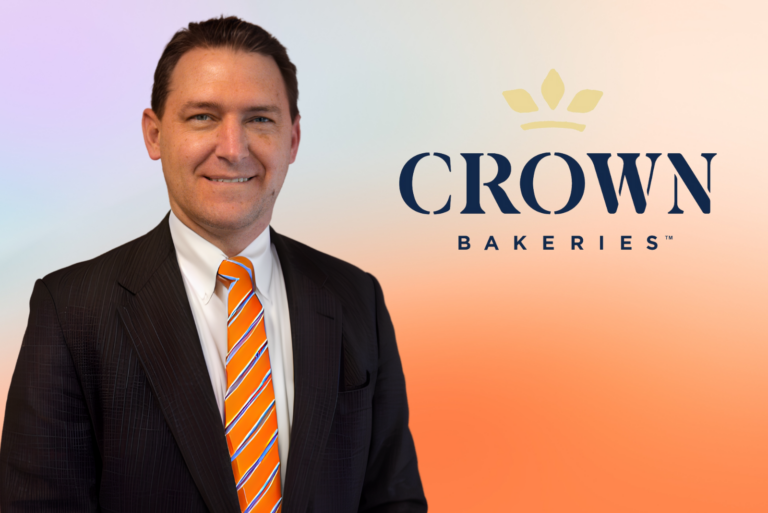KANSAS CITY, MO — Day-to-day, the responsibility for staying on top of shifting audit requirements lands on the quality assurance team. Legally, however, the food safety buck stops with senior leadership as determined by the Responsible Corporate Officer (RCO) Doctrine, also known as the Park Doctrine, which dates back to a 1975 US Supreme Court ruling.
“The first questions the FDA will ask when it comes into a facility is, ‘Who is the chief operating officer?’ and ‘Who is the president?’” said Gale Prince, founder of Sage Food Safety Consultants.
Bakeries with air-tight internal food safety management systems — the key to acing third-party audits and government inspections — have a few things in common. First, they have an organization-wide culture of food safety led by the c-suite. That means they hold every employee accountable for understanding — and following — food safety requirements and best practices. Additionally, they view their internal programs through the lens of continuous improvement vs. something that must be done solely for compliance purposes.
“When you’re doing internal audits, your list should be longer than the auditor’s,” said Jim McBride, VP of quality assurance at Chicago-based Schulze & Burch Biscuit Co. “If you can find it and correct it, then that doesn’t leave anything for them to find.”
Establishing a top-down culture of food safety requires a significant investment of time from the senior leadership team. At Schulze & Burch, the first 15 minutes of weekly senior management meetings are set aside for food safety.










